In the perpetual darkness of the deep ocean, where sunlight cannot penetrate, evolution has crafted some of the most bizarre and fascinating creatures on Earth. Among them, the deep-sea dragonfish (Stomiidae) stands out as a master of survival, equipped with a biological "flashlight" that makes it both a formidable hunter and a subject of scientific intrigue. These elusive predators inhabit depths of up to 5,000 feet, where they navigate the abyss with an eerie glow that seems almost otherworldly.
The dragonfish’s most striking feature is its ability to produce light through bioluminescence—a trait shared by many deep-sea dwellers. However, what sets this creature apart is the sophistication of its light-producing organs, called photophores. These are not just random patches of glow but strategically placed tools that serve multiple purposes, from attracting prey to communicating with potential mates. The dragonfish’s chin barbel, tipped with a luminous bulb, acts like a fishing lure, dangling in front of its jagged teeth to entice unsuspecting victims.
But how does this bioluminescence work? The dragonfish relies on a chemical reaction involving luciferin and luciferase, the same basic mechanism found in fireflies. Yet, unlike their terrestrial counterparts, deep-sea dragonfish emit blue or red light, wavelengths that travel farther in the ocean’s depths. Some species even possess a unique adaptation: the ability to produce invisible red light, essentially giving them a "night vision" advantage over prey that cannot detect such wavelengths. This makes them stealth hunters in an environment where every flicker of light could mean the difference between a meal and starvation.
The dragonfish’s hunting strategy is as ruthless as it is efficient. With a mouth lined with razor-sharp, translucent teeth, it can swallow prey nearly half its own size. Its elongated body, often no longer than six inches, is built for swift, precise strikes. The combination of bioluminescent lures and a nearly transparent jaw makes it nearly impossible for smaller fish and crustaceans to escape once they’ve been drawn in. Scientists believe that the dragonfish’s ability to remain virtually undetected until the last moment is key to its success in the food-scarce deep sea.
Despite its predatory prowess, the dragonfish is not without vulnerabilities. Its bioluminescence, while advantageous, also risks attracting larger predators. To counter this, some species have evolved light-producing organs on their undersides that mimic the faint glow of sunlight filtering from above—a tactic known as counter-illumination. This helps them blend into the slightly brighter water when viewed from below, effectively cloaking them from upward-looking hunters like squid or larger fish.
Researchers continue to study the deep-sea dragonfish not only to understand its role in the marine ecosystem but also to uncover potential applications for human technology. The fish’s ability to produce and manipulate light has inspired advancements in medical imaging and even military stealth technology. Its unique adaptations remind us that the deep ocean, though largely unexplored, holds countless secrets that could reshape our understanding of biology and engineering.
The dragonfish’s existence is a testament to the ingenuity of evolution. In a world devoid of sunlight, it has carved out a niche as a silent, glowing assassin, proving that even in the most inhospitable environments, life finds a way—and sometimes, that way is illuminated by its own light.

By /Jun 10, 2025

By /Jun 10, 2025

By /Jun 10, 2025
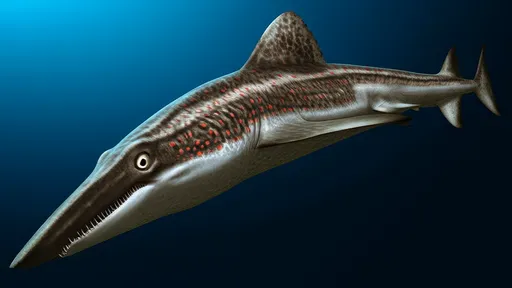
By /Jun 10, 2025
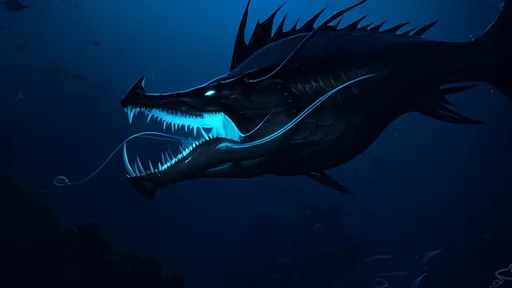
By /Jun 10, 2025
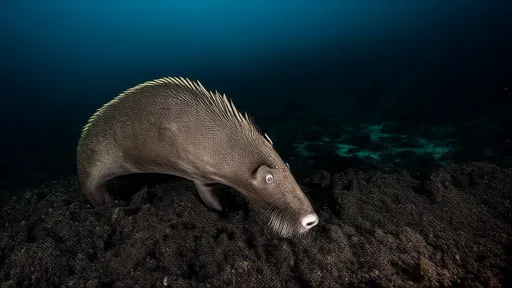
By /Jun 10, 2025

By /Jun 10, 2025

By /Jun 10, 2025

By /Jun 10, 2025
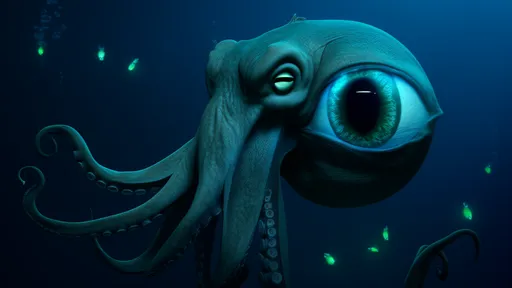
By /Jun 10, 2025
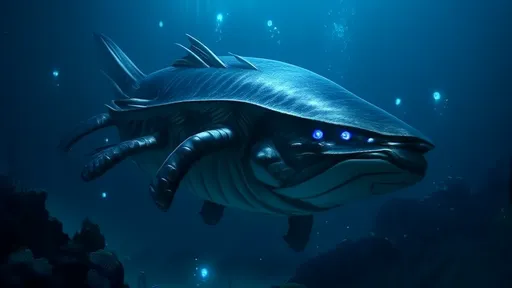
By /Jun 10, 2025
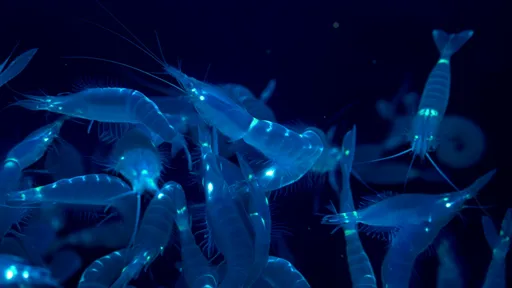
By /Jun 10, 2025

By /Jun 10, 2025
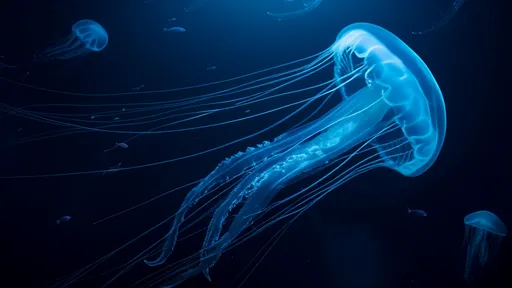
By /Jun 10, 2025
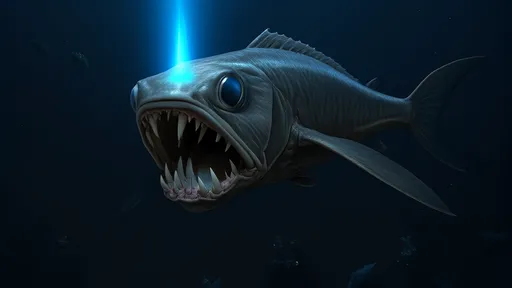
By /Jun 10, 2025